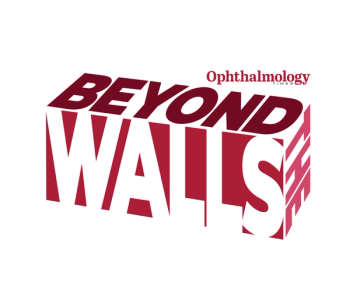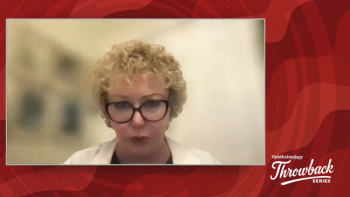
Study examines dropless cataract surgery
Investigators find a link with a postoperative prolonged steroid response.
by Annie Mao Wu, MD
Dropless cataract surgery is gaining in popularity with anterior segment surgeons to ease the treatment burden following cataract surgery, but it is associated with a greater incidence and longer duration of postoperative steroid response.
Annie Mao Wu, MD, and colleagues from the Department of Ophthalmology, Massachusetts Eye and Ear, Harvard Medical School, Boston, assessed the risks of that prolonged steroid response developing.
The investigators retrospectively reviewed consecutive cataract surgeries performed from January 1, 2020, to September 30, 2021, to identify steroid responses in these patients. A steroid response was defined as an IOP that was 50% higher than the baseline levels or an IOP that exceeded 24 mm Hg following cataract surgery excluding the first 72 hours after the surgery.
The patients who underwent dropless cataract surgery were treated with 2 mg to 40 mg of subconjunctival triamcinolone at the end of surgery and those in the conventional group instilled topical prednisolone in the postoperative period.
Analysis of cataract surgeries
During the study period, 368 cataract surgeries were reviewed, of which 150 were dropless cases and the remaining 218 cases were performed conventionally. A steroid response developed in 26 cases, 15 in the dropless cases, and 11 in the conventional cases, Wu reported.
The mean patient ages at the time of surgery differed significantly between the groups (69.9 years vs 66.5 years in the dropless and conventional groups, respectively; P =.004).
The analysis indicated that the dropless cataract surgery was associated with a significantly longer duration of a steroid response (P = .008). In 9 eyes in the dropless group, the steroid response lasted 30 days or longer compared with that same response in the conventional group.
Univariate (P = .0002) and multivariate (P < .001) analyses also found that a history of a glaucoma diagnosis also predicted a steroid response, as did the dropless procedure (P = .046).
Patient age at the time of surgery, axial length, baseline IOP, and suspected glaucoma were not significant risk factors in the development of a steroid response.
A 70-year-old male patient who was highly myopic and had undergone bilateral LASIK underwent emergency bilateral trabeculectomies to bring the IOP under control. The IOPs following cataract surgery were 23 to 38 mm Hg in the right eye and 21 to 36 mm Hg in the left eye and remained uncontrolled despite medication.
Annie Mao Wu, MD
E: [email protected]
Dr. Wu has no financial interest in this subject matter.
Newsletter
Don’t miss out—get Ophthalmology Times updates on the latest clinical advancements and expert interviews, straight to your inbox.




















































.png)


